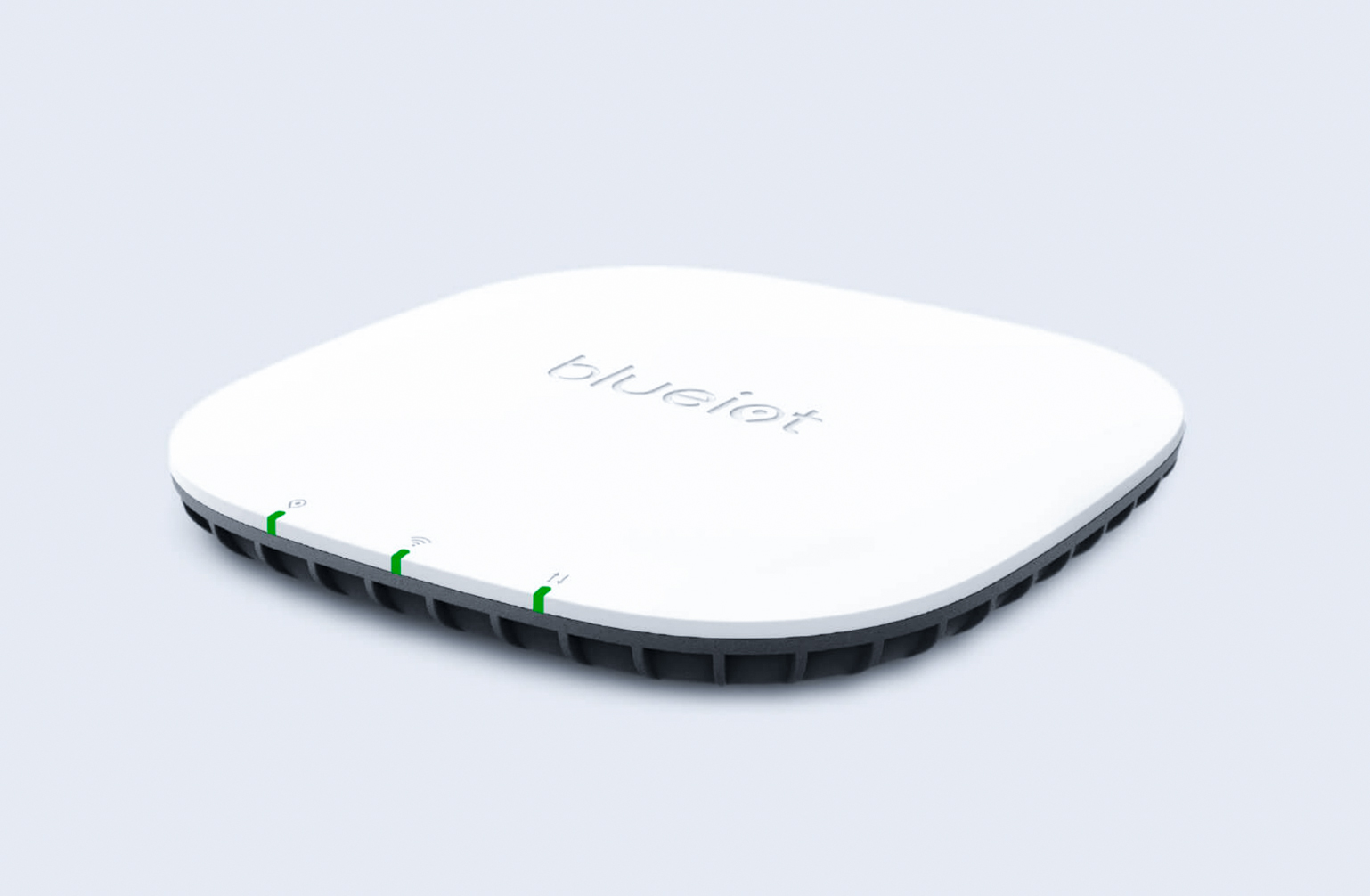Welcome to the future of location-based services! Thanks to Bluetooth Angle of Arrival (AoA) technology, we are now able to accurately locate and track objects with unprecedented precision. This groundbreaking technology is revolutionizing everything from asset tracking in warehouses and factories to indoor navigation systems. In this blog post, we’ll dive into exactly what Bluetooth AoA is, how it works, and why it’s such a game-changer for modern businesses.
Introduction to Bluetooth Angle of Arrival (AoA)
Bluetooth AoA (Angle of Arrival) is a new technology that allows for more accurate indoor positioning by using the angle at which a Bluetooth signal arrives at a receiver to triangulate the position of the transmitter.
How AoA Works
BLE (Bluetooth Low Energy)-enabled devices, such as smartphones or specialized locating tags, transmit signals to nearby Bluetooth AoA receivers (usually a locating anchor or gateway). The strength and angle of the received signal can then be used to triangulate the position of the transmitter relative to the receiver. By placing multiple Bluetooth AoA receivers in a given area, the exact location of a BLE-enabled device can be determined with great accuracy. The technology has been used to provide accurate indoor positioning for applications such as asset tracking and navigation.
Benefits of AoA for Location-Based Services
One of the main benefits of using AoA for location-based services is that it can help to improve the accuracy of indoor positioning. This is because AoA can provide a more precise measure of the distance between the device and the receiver, which can be used to calculate the device’s location more accurately.
Another benefit of AoA is that it can help to reduce the power consumption of devices that use location-based services. This is because AoA can be used to determine the position of a device without constant scan for Bluetooth signals, which can consume a lot of power.

Conclusion
Bluetooth Angle of Arrival is a revolutionary technology that has drastically improved the accuracy and efficiency of location-based services. By leveraging advanced signal processing algorithms, it can accurately pinpoint the location of any device or person within a few meters with minimal infrastructure requirements. This makes it an ideal solution for applications such as asset tracking, emergency response, and indoor navigation. Blueiot is one of the leading location-based service providers in the world and our Real-time locating system (RTLS) utilizes Bluetooth Angle-of-Arrival technology. Contact us if you have any needs or interest.